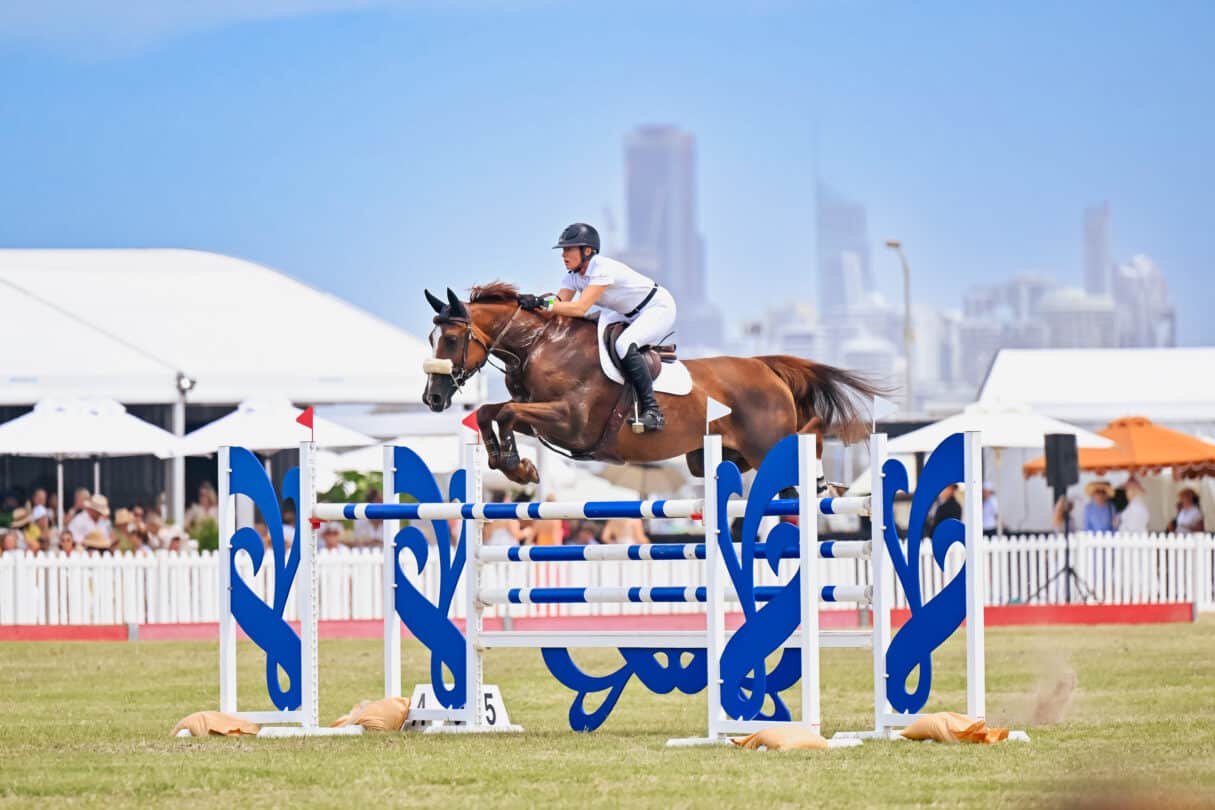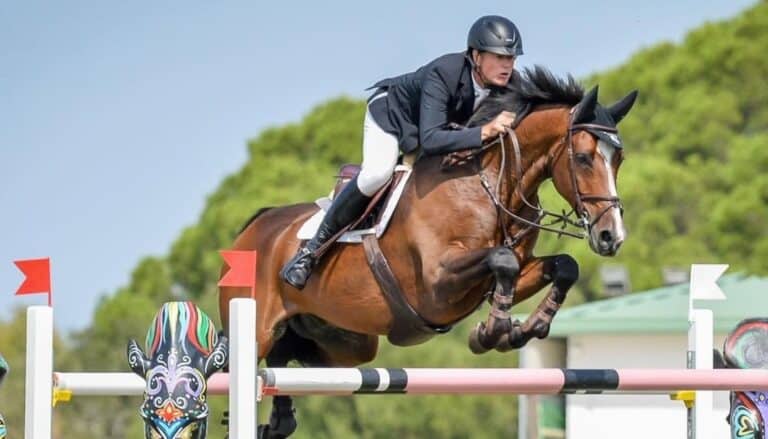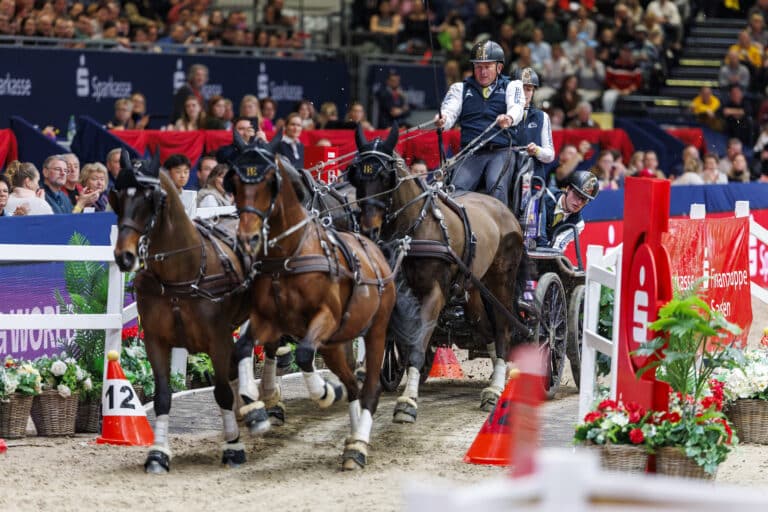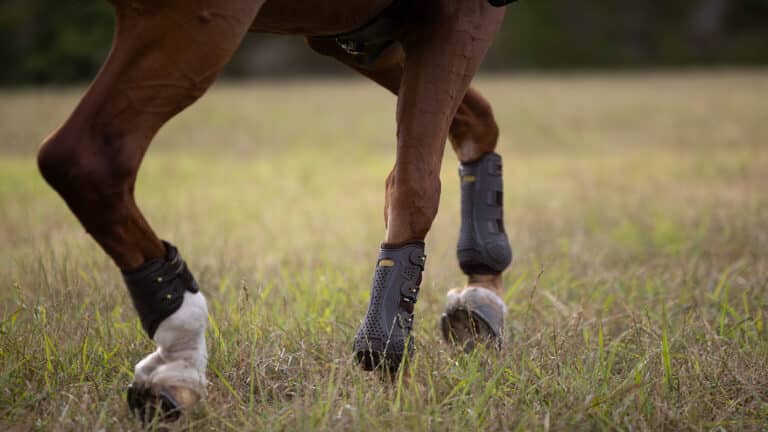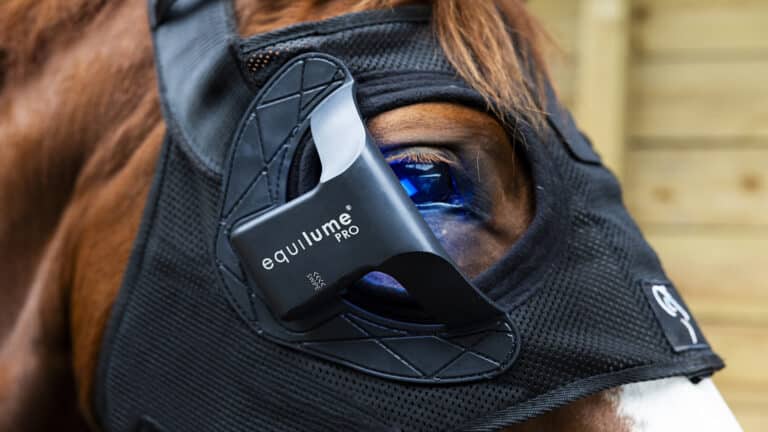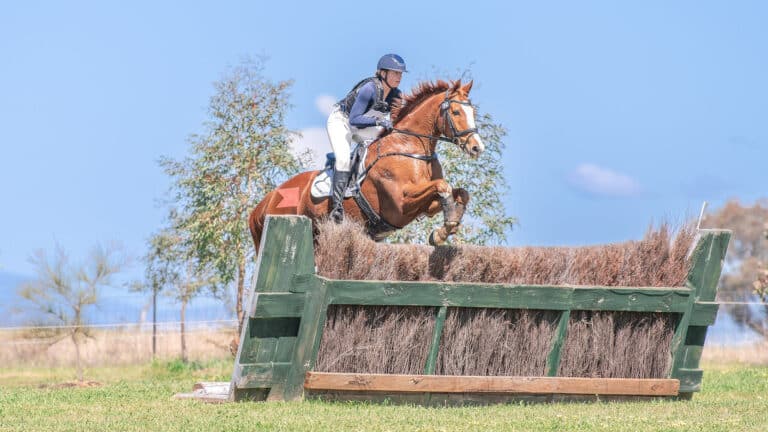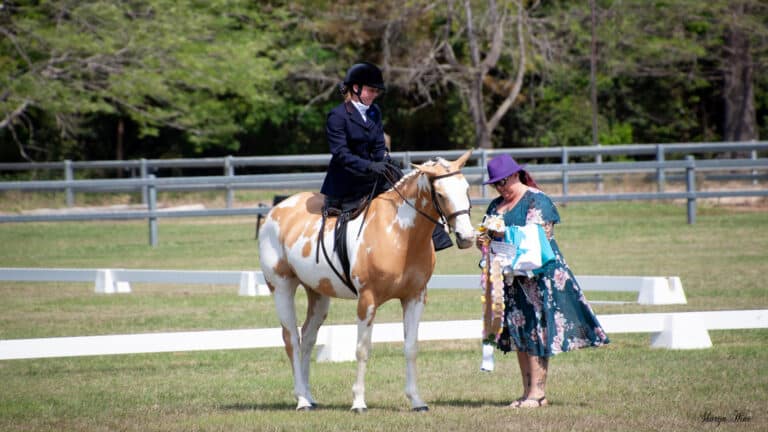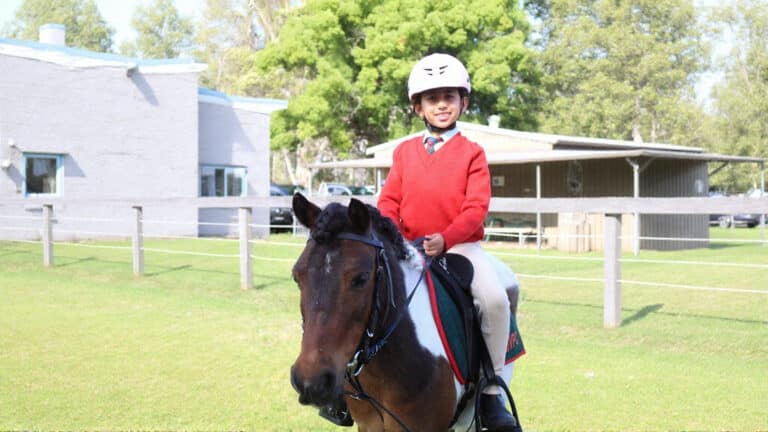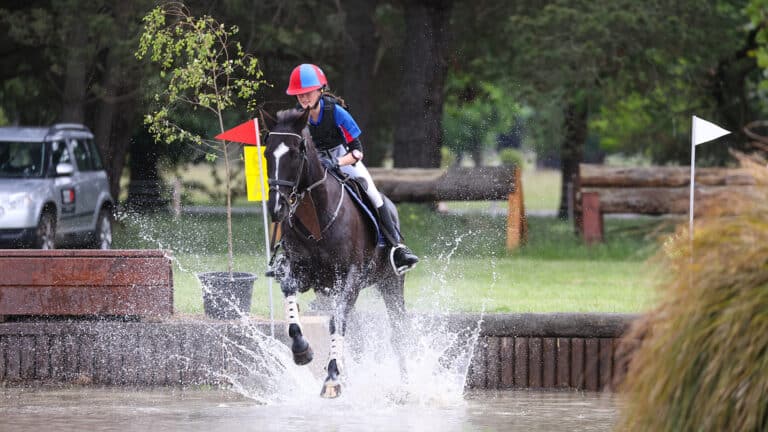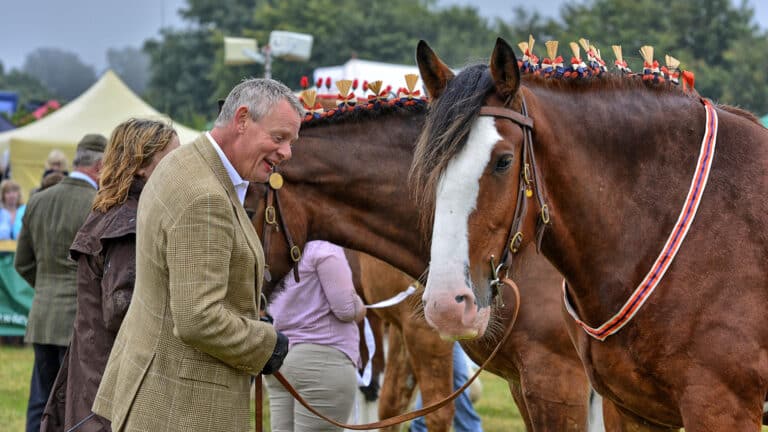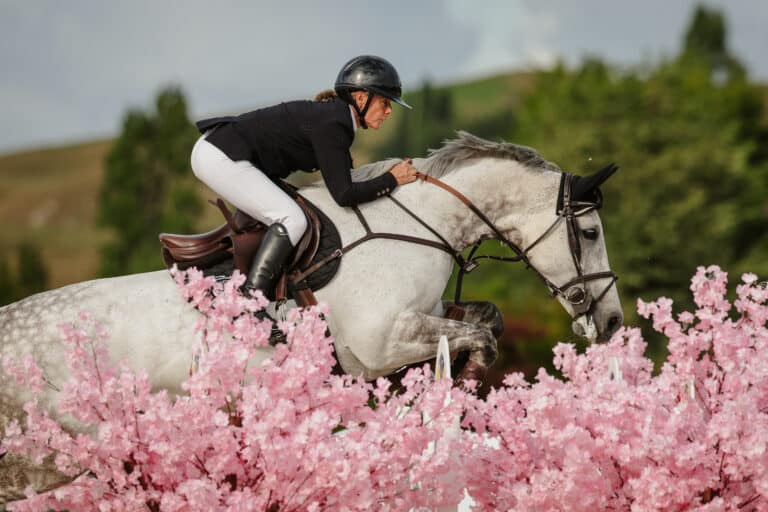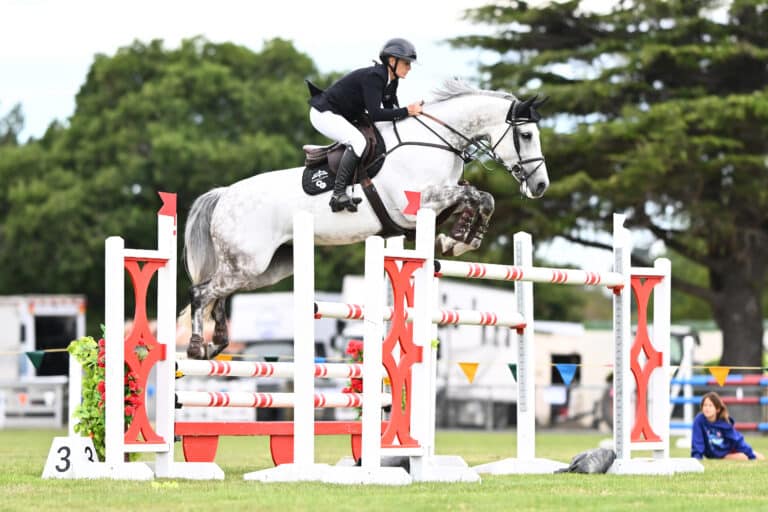Latest News
European-based Australian dressage rider Alex Vodermair has announced her new role as a rider for German Olympian Dorothee Schneider.
Jumping has reaffirmed its position as equestrian sport’s economic powerhouse, with Hippomundo data revealing British star Scott Brash as 2025’s highest-earning rider and highlighting a high-volume model driving success at the sport’s elite level.
Former Badminton winner and Australian Olympic medallist Sam Griffiths has been named as Ireland’s High Performance Manager for eventing.
Boneo Park kicked off its first competition of 2026 in style, with the Summer Dressage Championships attracting strong fields and high-quality performances across all classes.
In episode six of ‘The Equestrian’s Inner Life’ podcast, host Pernille Hogg catches up with New Zealand Olympian Bruce Goodin.
Australian Boyd Exell finished third at the final FEI Driving World Cup Qualifier of the season in Leipzig, debuting new horse Madar at FEI level as he now prepares for February’s World Cup Final in Bordeaux, France.
Equestrian Life Magazine
More about Jumping
Jumping has reaffirmed its position as equestrian sport’s economic powerhouse, with Hippomundo data revealing British star Scott Brash as 2025’s highest-earning rider and highlighting a high-volume model driving success at the sport’s elite level.
In episode six of ‘The Equestrian’s Inner Life’ podcast, host Pernille Hogg catches up with New Zealand Olympian Bruce Goodin.
Julie Davey and LT Holst Freda won their second consecutive ClipMyHorse.TV FEI World Cup (NZ League) Series on Saturday evening, after placing runner-up in the final behind Sophie Scott and Normandy GHP.
New Zealand’s top show jumpers are heading to Takapoto Estate for the final of the FEI World Cup NZ League 2025/26. You can catch the action via ClipMyHorse.TV.


